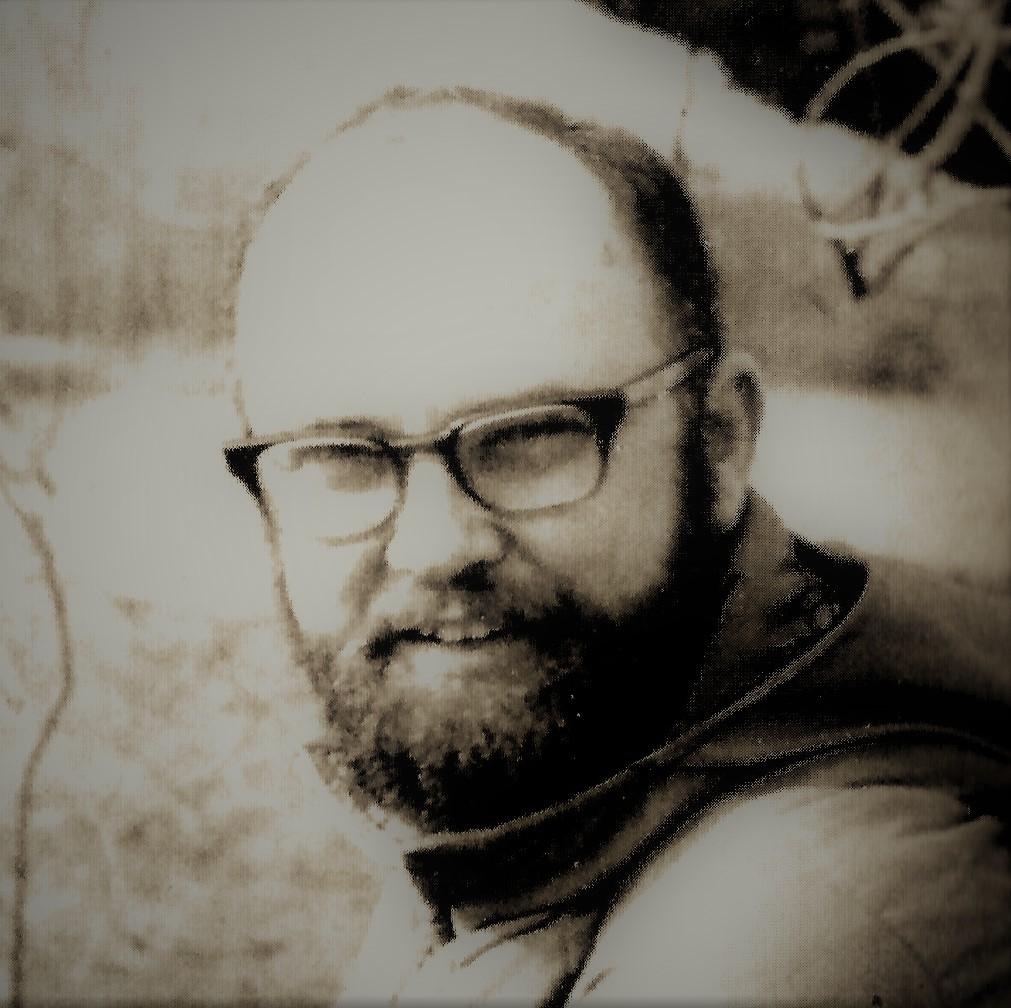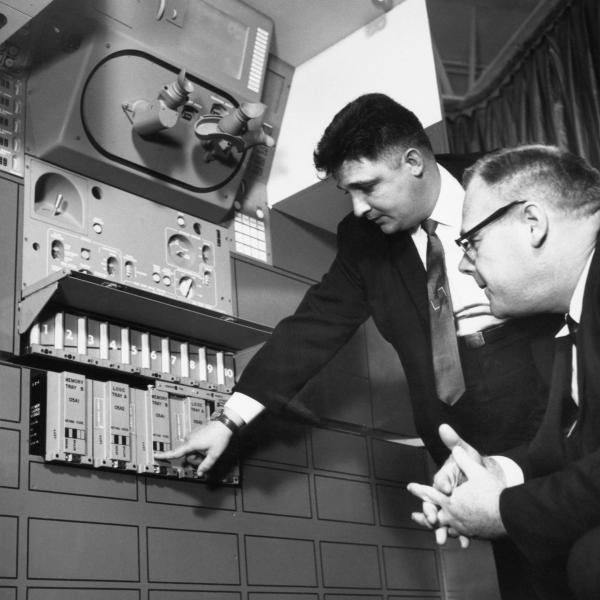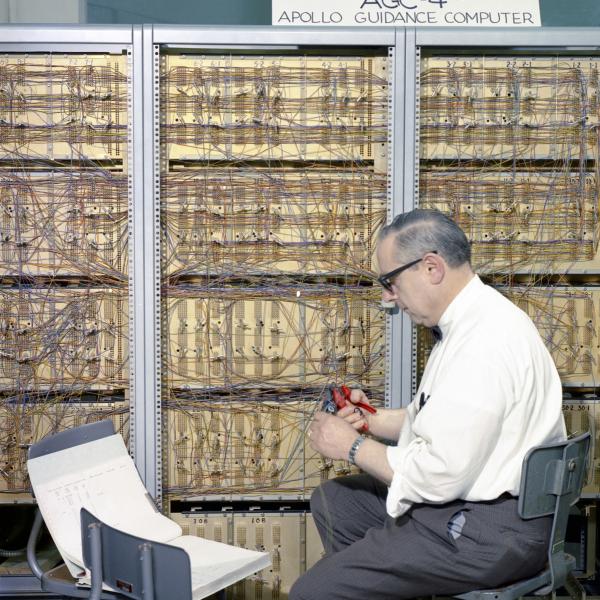
Hugh Blair-Smith
Hugh Blair-Smith joined the MIT Instrumentation Laboratory (IL) in 1959 after studying at Harvard University, learning about computers and computer engineering from Albert Hopkins, Ramon Alonso, and Jim Lincoln, all of whom preceded him to the IL. He wrote programs for early computers in the IL. The Mod 1, which would have been used in part of the Mars probe, continued to evolve until the Mod 3C, which became the foundation for the Apollo Guidance Computer (AGC).
Throughout the Apollo program, Blair-Smith created and updated the assembler program YUL, also a version control system and manufacturing aid, as the AGC developed. He oversaw and participated in all aspects of the AGC design from hardware to software and even wrote mission software for the AGC called R29. The software, which would allow the Lunar Module’s radar to find search for the Command Module transponder, was deemed unnecessary and removed from the code.
In 1968, Blair-Smith watched the launch of Apollo 6 (SA-502) with Steve Copps from the fire escape of the launch control center room, having been sent to log numbers from the control station screens. The malfunction of one of the Saturn V rocket's second-stage engines proved the GNC’s ability to correct and fix the a major velocity issue shortfall in real time.
By 1969, he was a part of the Digital Development Group, looking beyond the Apollo missions. He continued to work with the Draper Laboratory through the Space Shuttle software system, contributing to the control system. Along with some others who worked on the GNC, he worked on fault tolerance for the Space Shuttle before moving to the stability of the Space Station.
After 22 years with Draper, Blair-Smith decided NASA wasn't looking to continue the development of computer science and left, working at startups and handling everything from the GUI programming language Easel (ESL) to touch screen hardware. After retirement, he returned to NASA work, writing design verification and diagnostic software for the Lunar Reconnaissance Orbiter. He also wrote a book titled Left Brains for the Right Stuff: Computers, Space, and History, which includes his contribution to computer science.

